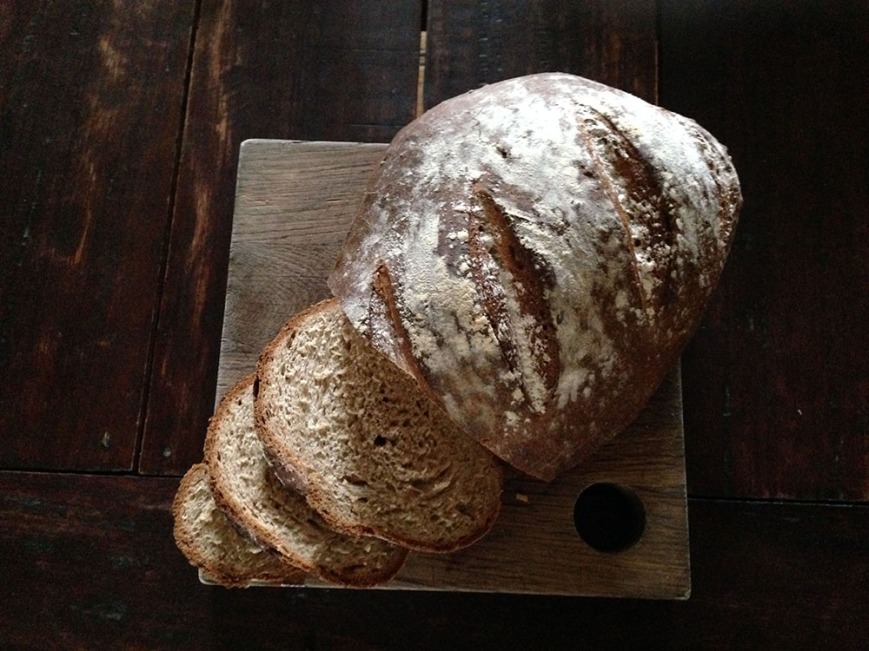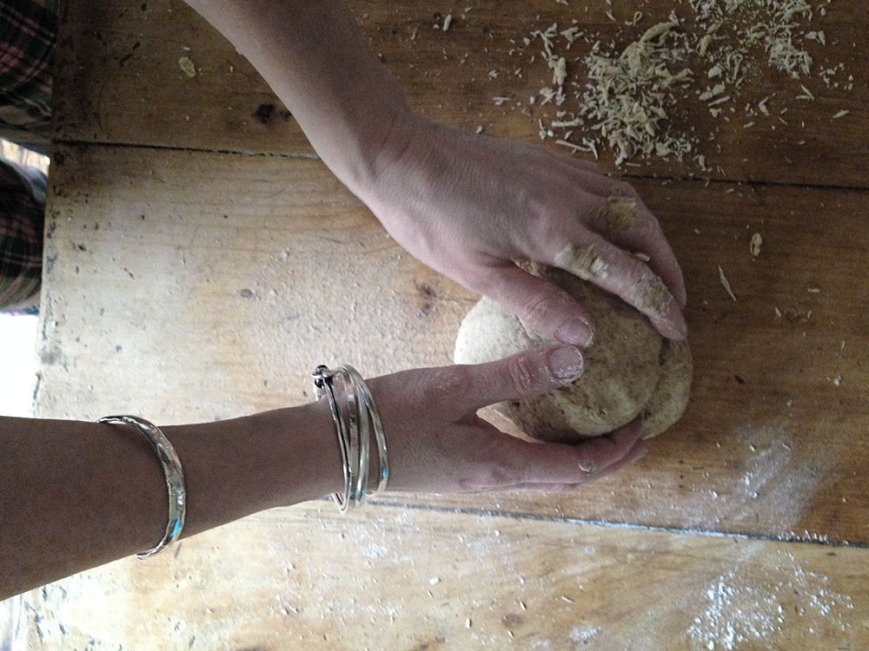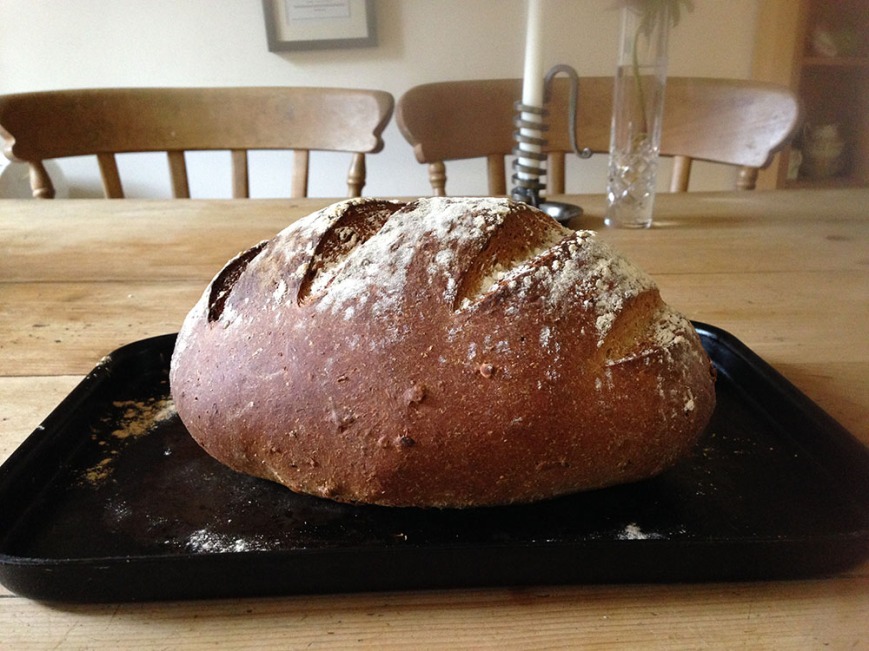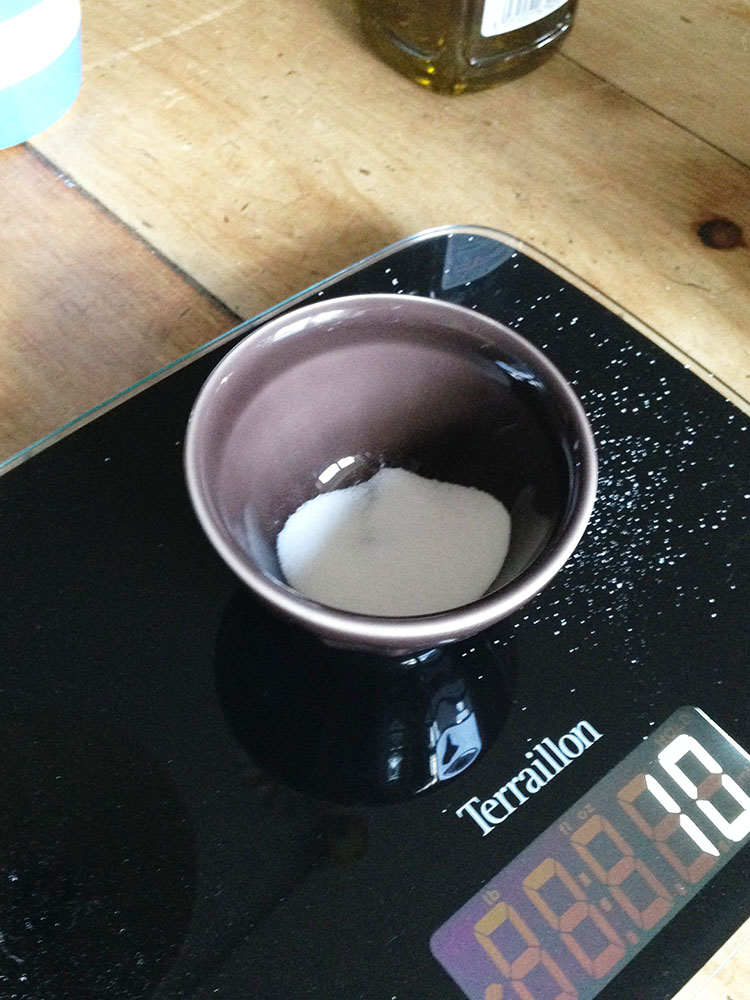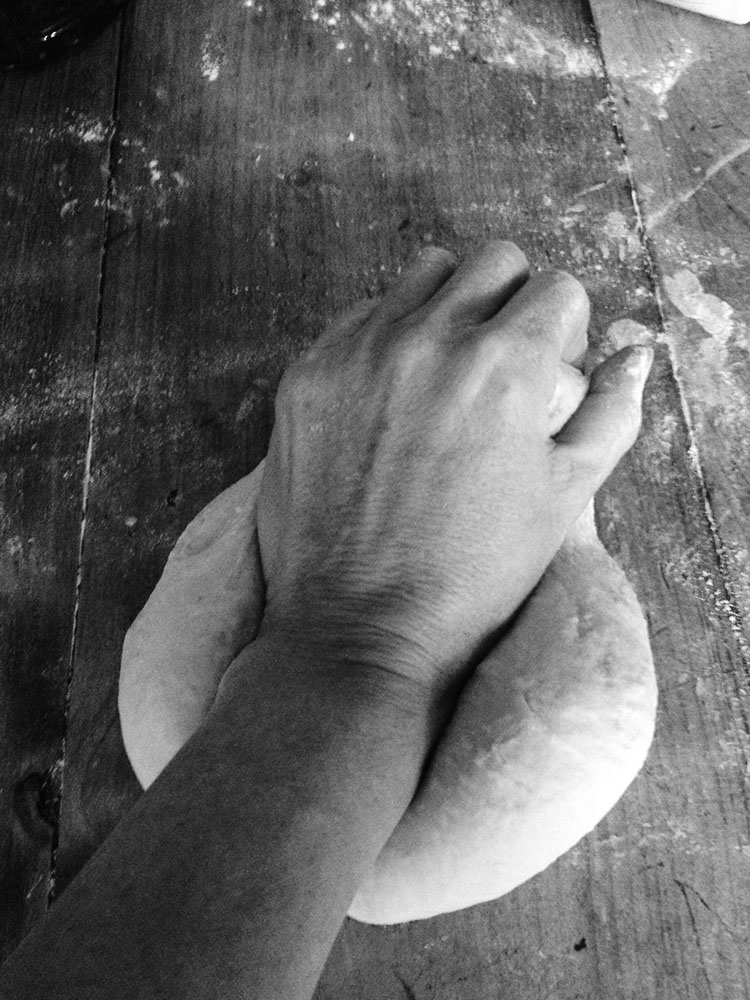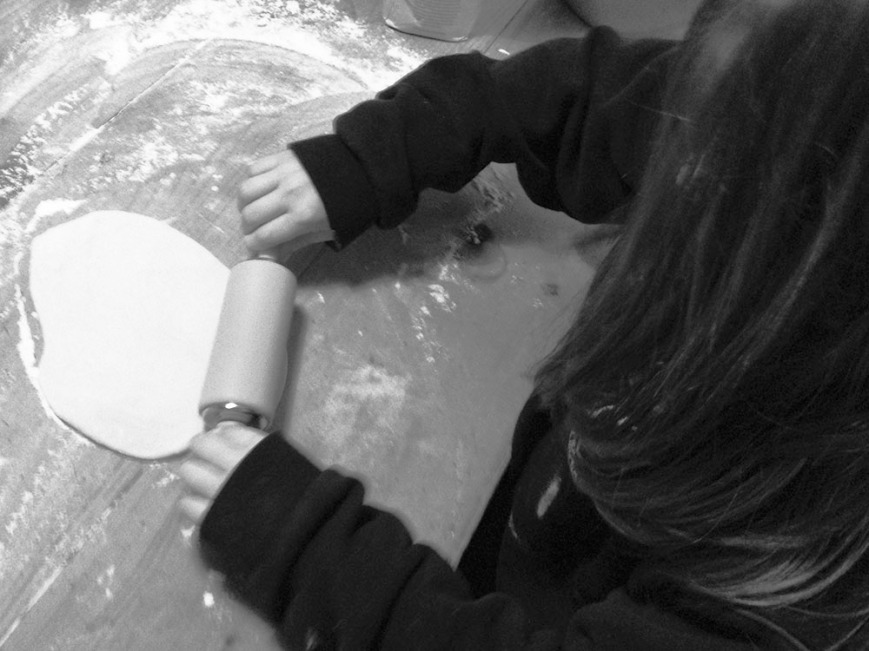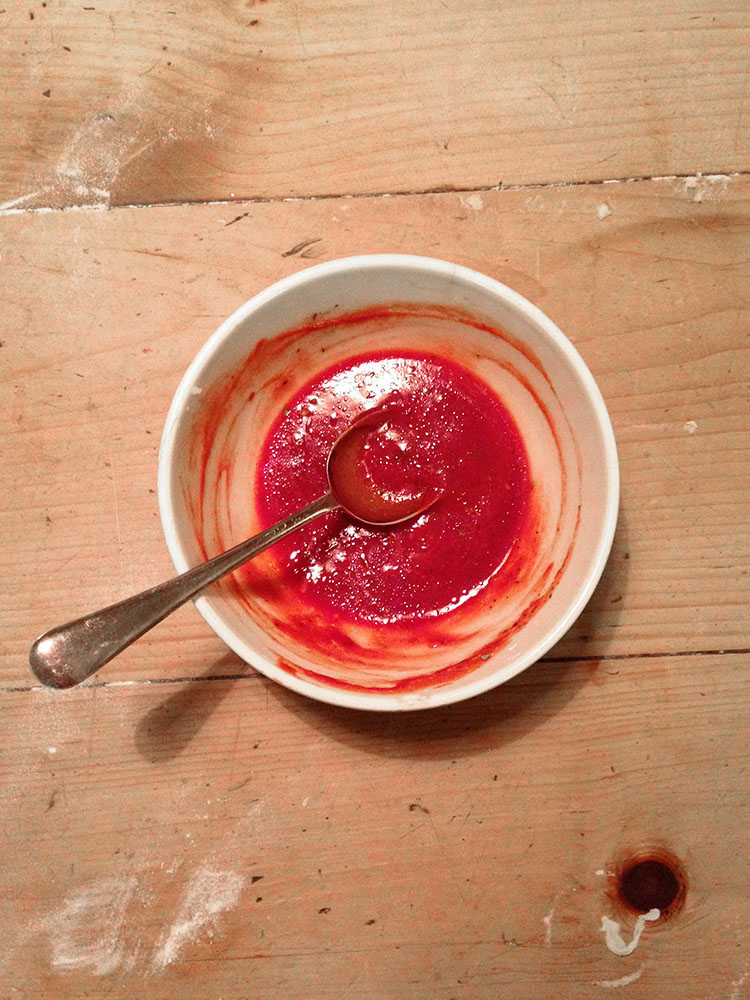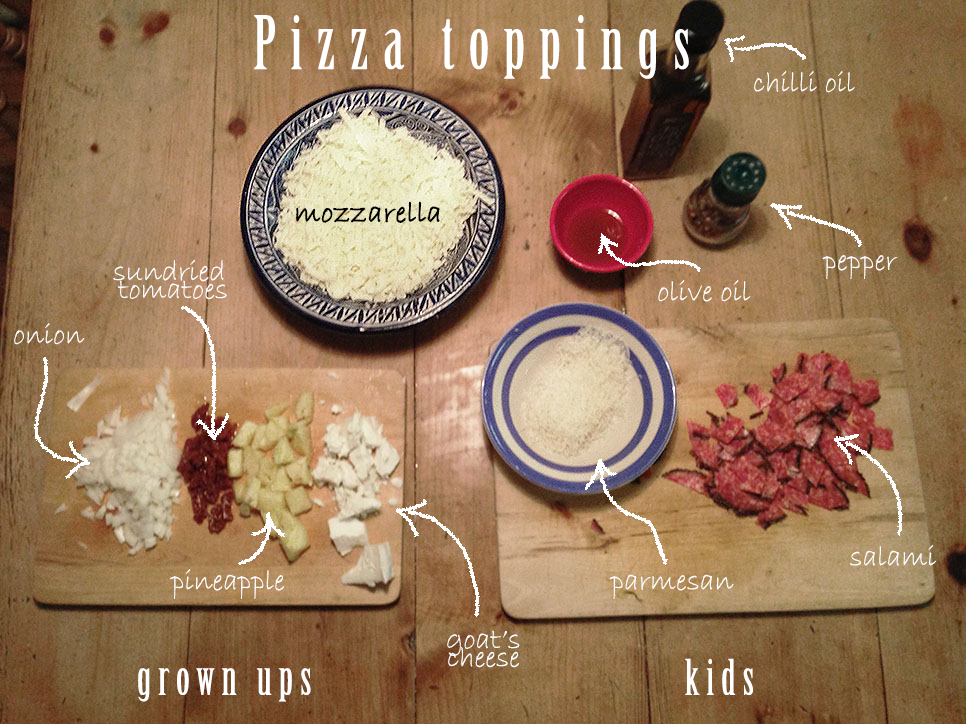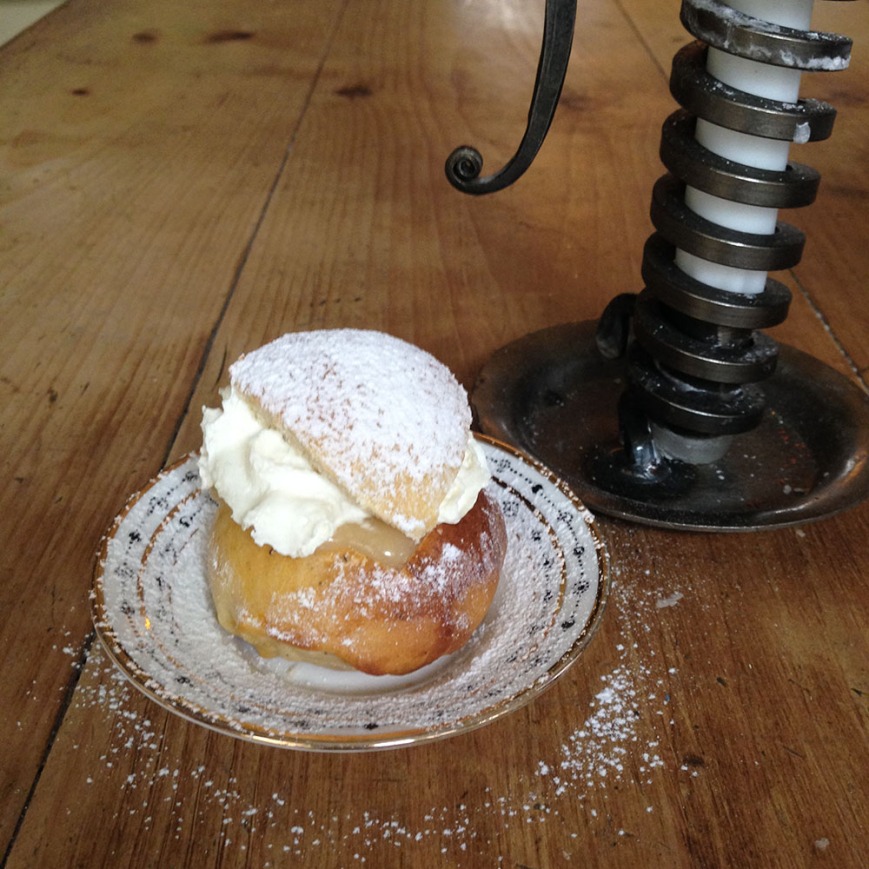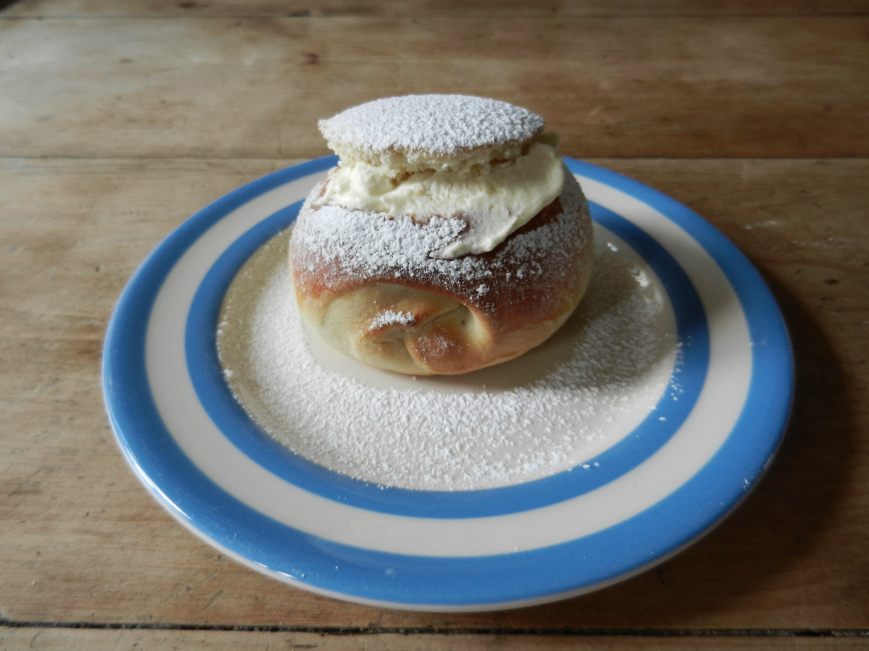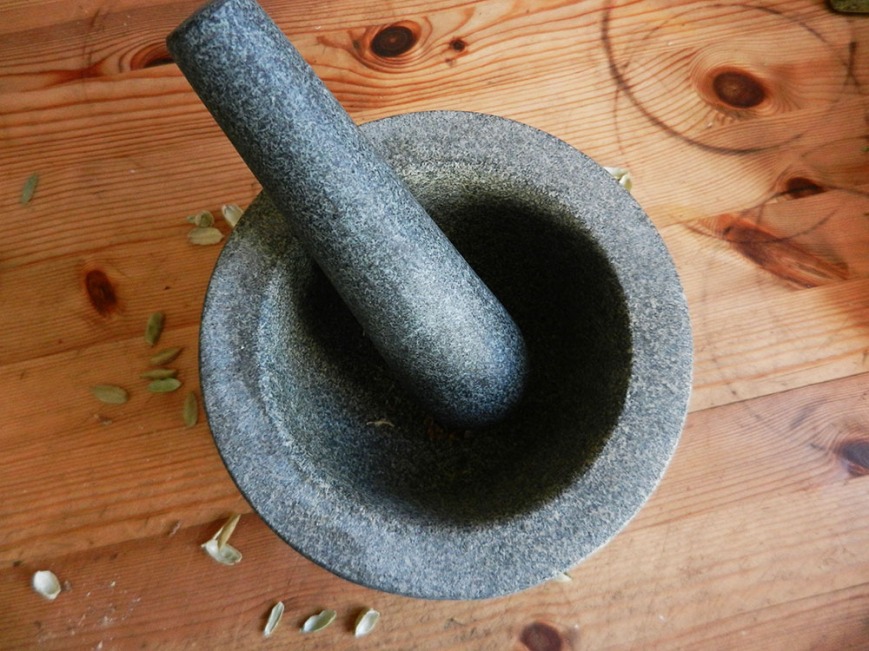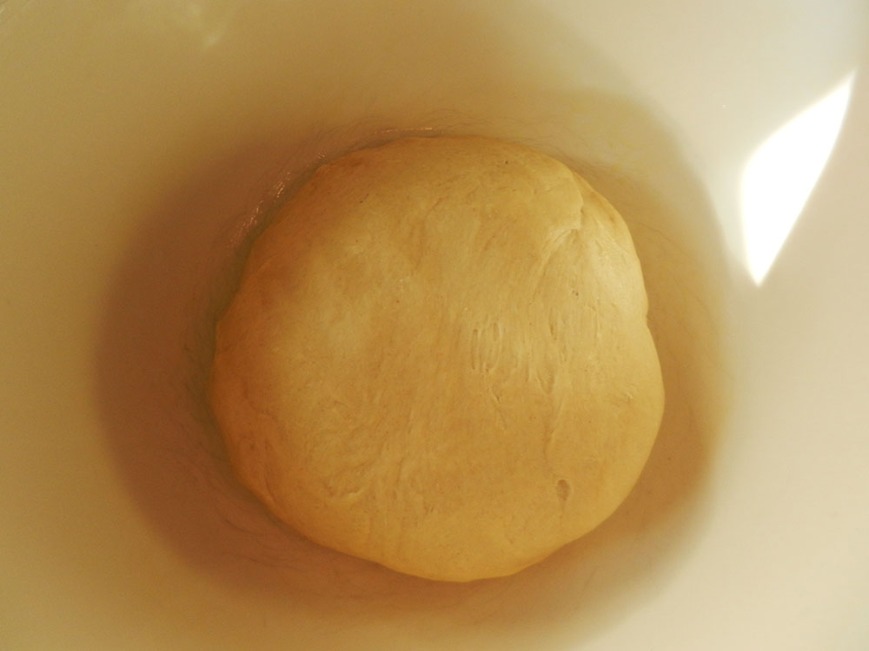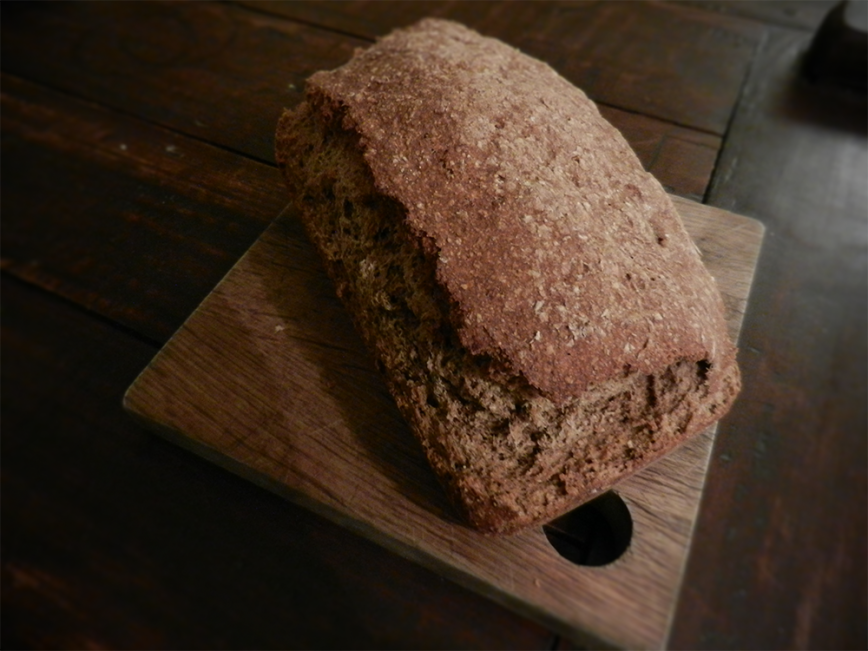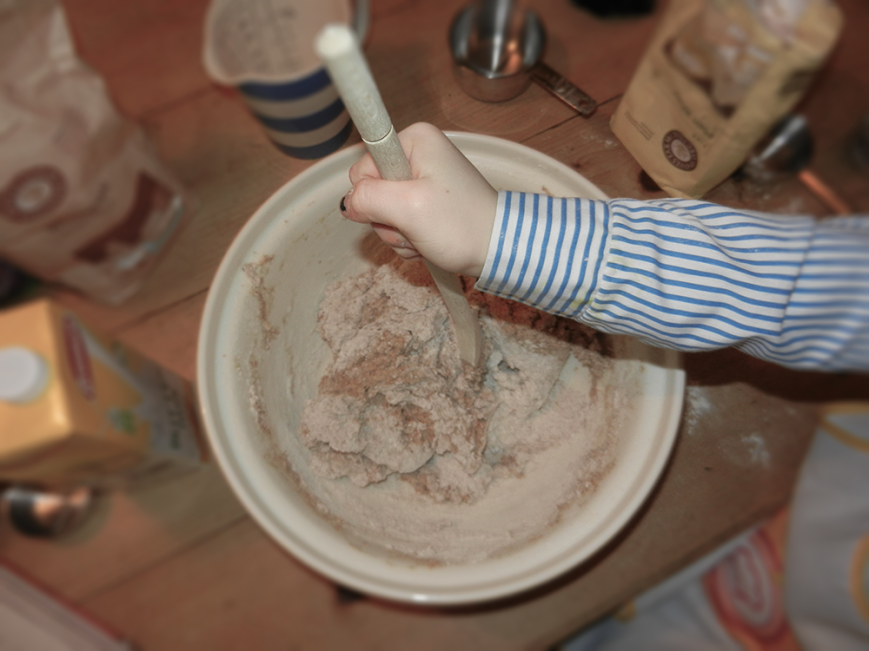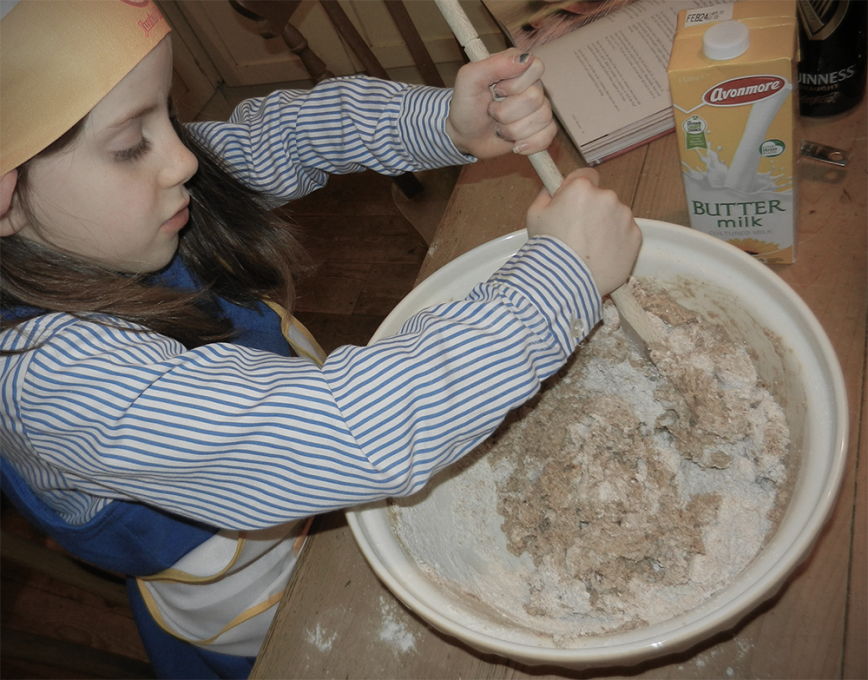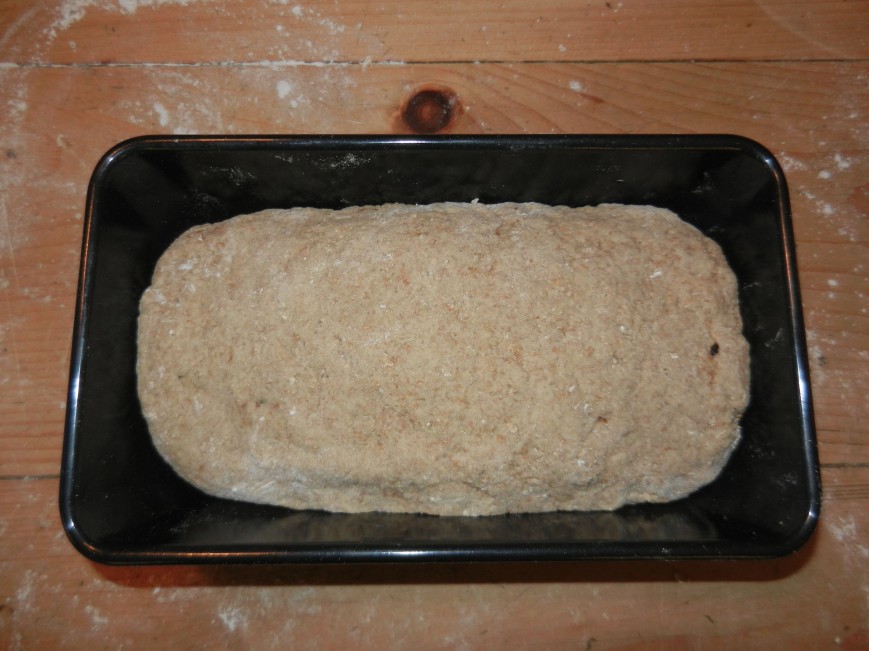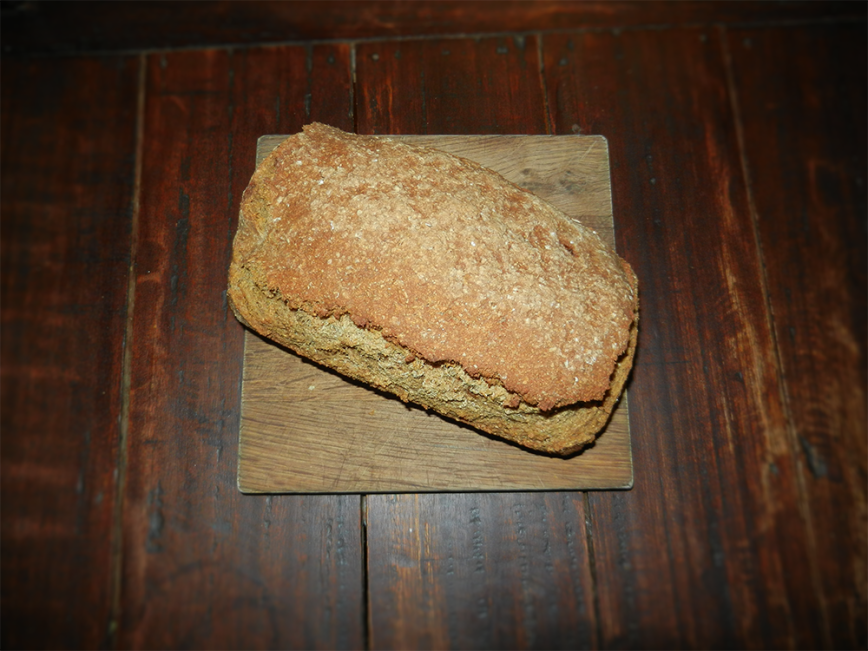While tidying out my flour shelf I noticed a number of half-empty (or should that be half-full) bags of flour that had been ignored for far too long. Many years ago, when food preparation in our house was a little more haphazard, and cooking was minimal being only for two, I found an old bag of flour at the back of the cupboard. Eager to make something new, I pulled out a cake recipe and started measuring out the flour. It took a little time for me to notice that the flour seemed a little livelier than it should. On closer inspection, I noticed it was actually moving. There were weevils in my flour! Now, I always assumed that weevils were something only salty sea-dogs strained through their teeth on 18th century ocean voyages, but here they were, happily inhabiting my home. A frantic clearing, scrubbing and disinfecting followed. From that day on, I have a paranoia of leftover flour, and what might move in.
So to use up those half-bags, Ruby and I decided to make a leftover loaf. We amalgamated Dove’s farm malthouse flour, rye, and wholewheat, and topped it up with white bread-flour to make the required amount. The resulting dough seemed a little drier than usual, so not expecting much, we left it to rise for slightly longer than normal. What greeted us was a perfect dome of bread dough, something we’ve never achieved when trying much harder!
Leftover loaf .
(The flour measurements are a bit rough, and the recipe is based on Paul Hollywood’s basic bloomer)
350g malthouse flour
70g rye flour
50g wholewheat flour
30g bread flour
10g salt
7g fast yeast
40ml olive oil
320ml water
Combine all the ingredients in a bowl. Stir with your hand to get a claggy dough. Tip out onto a floured surface and knead vigorously for 10 minutes or so. Place back in the clean, oiled bowl and leave to rise for about 1 1/2 hours. When risen, knock the dough back and form into a oblong shape. Leave to rise again on a baking tray for about an hour (we always put our tray in a roomy plastic bag to stop a skin forming). Pre-heat the oven to 220 c, and place a small tray of water in the bottom. When the dough has risen again into a nice dome shape, spritz with water, dust wit flour, and cut 3 or 4 diagonal slits on the top. Bake in the oven for 30 minutes or until the base sounds hollow when you knock it. Leave to cool on a wire rack. Slather with butter. Eat smugly.
 “terrific! smelled beautiful! hope we can bake it again!!!!”
“terrific! smelled beautiful! hope we can bake it again!!!!”

